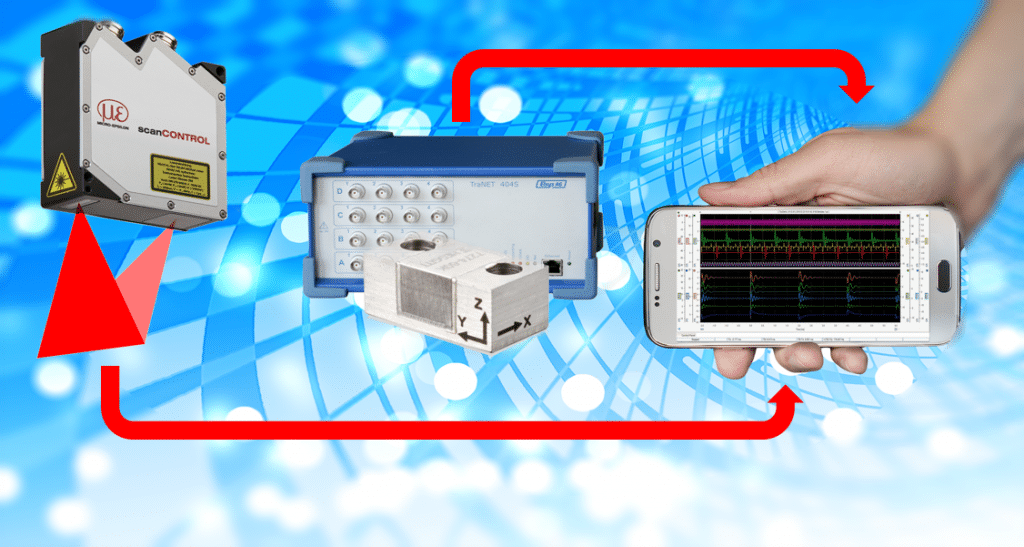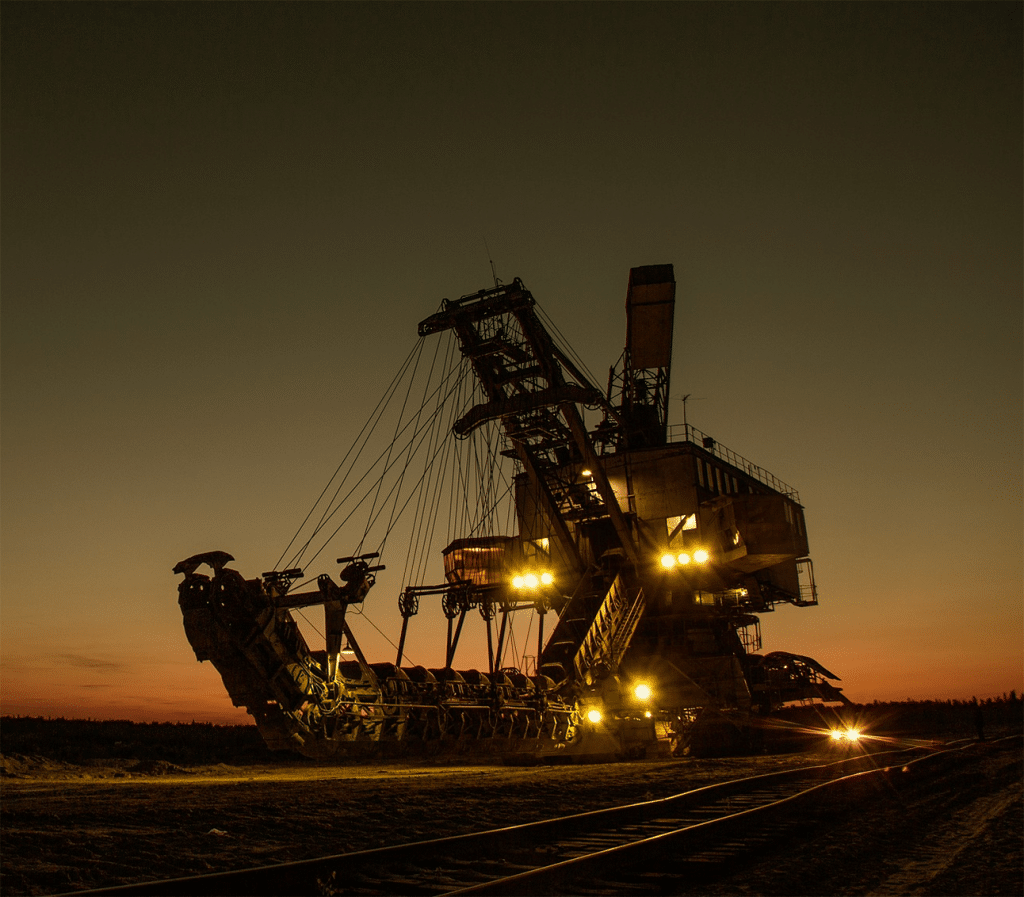Internet of Things (IoT)
The terms Internet of things (IoT), is commonly heard of in the industry. It refers to networks of interconnected physical devices such as computing machines, equipment, and sensors to the digital technologies that connect and exchange data. This emerging technology could improve process efficiency and create new ways of safety monitoring that may globally transform both mining and manufacturing industry.
Mobile phone is an example of Internet of Things. Nowadays, we are able to connect to our friends via a social media and are also reminded of their birthdays. Based on our geological location, we may also occasionally get invited to public events in our neighbourhood. We check weather forecast through mobile apps and realize that we may need an umbrella the next day.
Everything is connected and shared in the Internet of Things networks. Currently, more and more objects are being connected. Experts predicts that more than 30 billion objects will be connected by 2020.
IoT for Mining Industry
Nearly every industry in the world revolutionizes their management and operational process by implementing IoT solutions. Yet, mining industry still cautiously explores the implications of IoT as to how it can deliver tangible results. One big question that we have to answer is “Will the adoption of such technologies worth the investments?”.
The answer is a definite yes. The growth in the scale of IoT technology has seen factories and plants covering their process machinery with countless of internet-connected sensors. There are significant benefits of IoT implementation to large-scale operations. It has the prospect to instantly gather and analyze environmental and equipment data while simultaneously introduces automation to the process.
In the mining industry, implementing IoT technology to reduce the need for human intervention will have massive impacts on the future of the mining industry. Some examples will be provided here. When blast is performed to open up a new site within the mine, sensors can be used to determine whether the area is cleared of toxic air and debris. This provides a direct indication on whether it is safe to resume working. It can also be used to track the locations of the mining equipment. Miners will be able to instantly know where their equipment are and start their day earlier. Some of the recognized benefits are listed below:
Efficient & Time Saving
Before mining operations begin, extensive explorations needed to be done to assess the environments for safety and vehicle route. These tasks can be excessively expensive and time consuming with high potential of wasted efforts. A new sensor technology can be used to autonomously monitor the environment and transmit the data to the ground surface. This will make the exploration process much more efficient. The sensors will be connected to cloud network that allows for remote monitoring of the site condition seamlessly. During initial operation, it is essential to gather accurate and informative data. Doing this will ensure mine layout to be thoroughly assessed and vehicle route can be optimized for explorations and extractions. Any potential hazards may also be identified in advance of them becoming an issue.
Sensors technology can also be used during emergency for evacuation drills. Evacuation drills commonly take hours to complete which translate to a huge loss of production. IoT system can send evacuation signals to each individual miner on-site which will speed up the process. Using this technology, miners will be safer and will be able to get back to work immediately.
Safety and Predictive Maintenance
Mining is classified as one of the most dangerous industries to work in. The presence of large piece of equipment around confined space and within close proximity of human workers are safety hazards to the workers. In 2017-2018, a number of fatalities still occurs, highlighting that serious risks do still exist despite efforts to renew safety focus.
Mining fatalities can be related to a build up of internal pressure or collapse of internal structure. Pressure sensors are effective for detection of air flow and pressure built up. A gas detector can monitor the level of toxic and flammable gas and alert the workers before it reaches dangerous level. But, how do you transmit these data to all the miners on-site instantly? IoT technology are able to analyze real-time data instantly and send this information to individual miners, no matter where they are located. This is a massive safety benefit and can protect miners from serious injury and long-term safety hazard.
Integration of mining automation system requires installation of smarter sensors on the equipment as well as on geological locations. The sensors can detect the status of the equipment such as temperature, pressure and vibration, collect historical data and analyze environmental condition. Using these information, operators may predict failures before they occur. Spare parts can also be ordered in advance, minimizing downtime and avoiding additional costs.
Sensors can also be attached to mining vehicles for the purpose of measuring oil temperature, contamination, tire pressure, vibration, bearing rotation, engine speed, brake pressure and position. As an example, an eddy-current inductive sensor is used in hydraulic excavators to measure the position of the hydraulic piston. The integrated sensors are able to detect wear and tear on the vital equipment and give the operators idea on when repairs or maintenance are required.
Energy and Cost Benefits
IoT integration provides the company with transparent systems where all aspects can be directly monitored. They will have a more efficient workflow that will increase efficiency. Users can automatically transfer and receive data from the network without human intervention. This improves the traceability of the system and provides a better indication of performance issues. Companies may seem reluctant to move towards IoT, given the amount of time and money needed as initial investments. However, over the long run, the costs spent on workers will gradually reduce, allowing the stakeholders to see a positive return on investment.
Current status
Major mining companies such as Rio Tinto and BHP Billiton have integrated remote monitoring systems for the iron ore mines in Pilbara, located 1500km from Perth. Rio Tinto also establishes a processing center in Queensland to monitor and analyze real-time data from seven of its operations in Mongolia, the United States and Australia. Based on the collected data, their team of experts are able to draw definite conclusion to optimize processing of minerals at these sites.
Bestech Australia supports the industrial transformation towards complete digitalization by supplying the state-of-the-art sensors and data acquisition systems. To find out how, please contact us and one of our application engineer will assist you in your enquiry. Please click here to learn about our sensors that are specifically targeted for mining industries.



